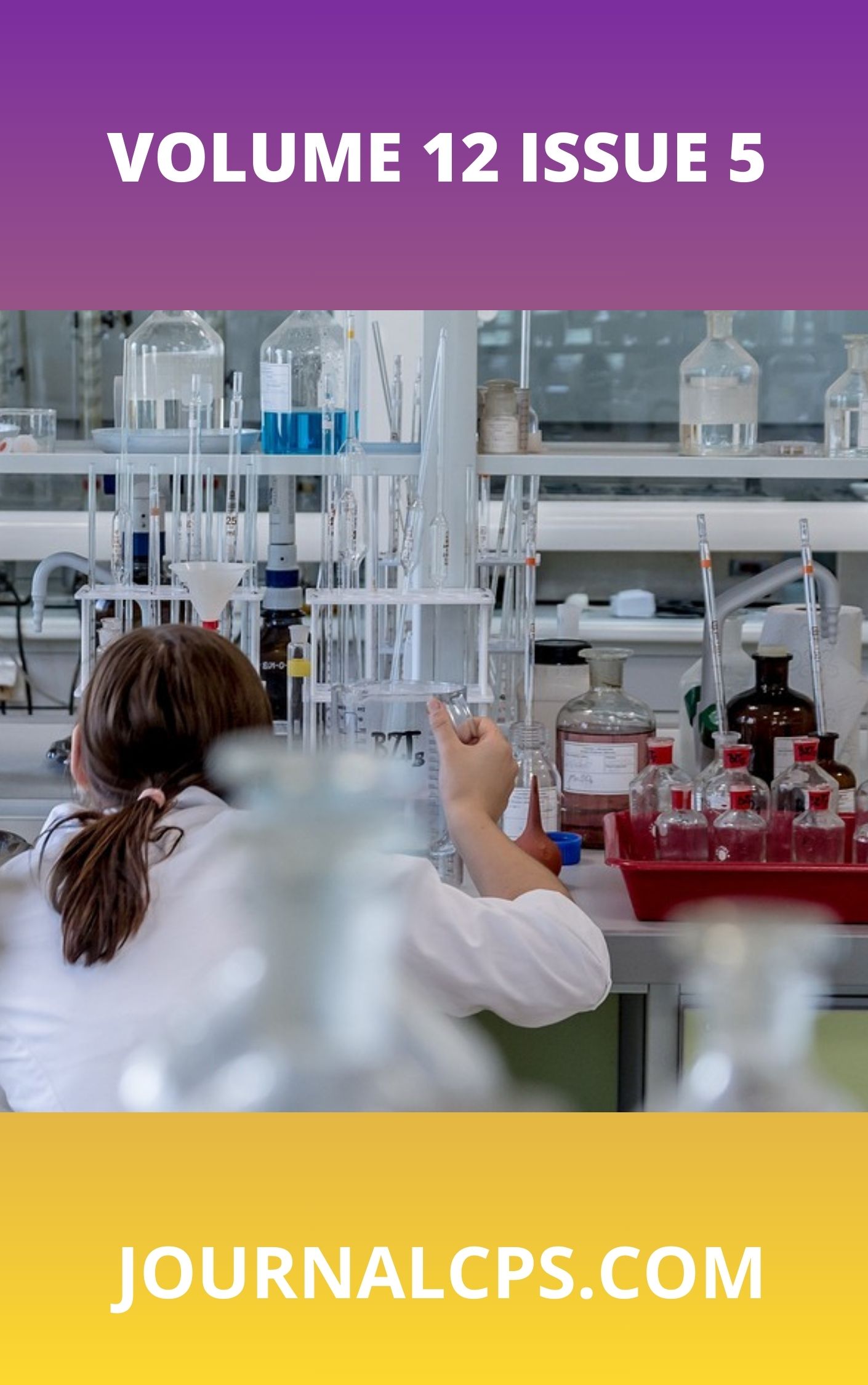A Conceptual Framework for Managing Pandemics: Integrating Disease Models with Public Behavior and Misinformation Control
Keywords:
Pandemic modeling, Public behavior, Misinformation, SEIR model, Dual-spread frameworkAbstract
Pandemic response strategies have traditionally relied on classical epidemiological models such as SIR and SEIR, which primarily focus on the biological transmission of infectious diseases. However, these models often overlook the significant influence of public behavior, trust in science, and the rapid dissemination of misinformation. This paper proposes an integrated conceptual framework that bridges these gaps by combining epidemic modeling with behavioral and informational dynamics in what is termed a "Dual-Spread Model." Through a synthesis of literature, historical examples (COVID-19, H1N1, Ebola), and illustrative diagrams, the study reveals how misinformation, public trust, and community responses can either amplify or suppress disease spread. The framework emphasizes feedback loops between disease outcomes, information flows, and behavioral responses, offering practical insights for policymakers. Key policy recommendations include behavior-informed vaccination campaigns, targeted communication strategies, and coordinated efforts between public health institutions and information platforms. This interdisciplinary approach provides a more robust and adaptive tool for future pandemic preparedness and response.
Similar Articles
- Nsor Ofo Alobi, Onyeije Ugomma Chibuzo , Wood Saw Dust as Adsorbent for the Removal of Direct Red (DR) Dye from Aqueous Solution , Communication In Physical Sciences: Vol. 4 No. 2 (2019): VOLUME 4 ISSUE 2
- Olusegun Sowole, Funke Roseline Amodu, Absorption of Solar Infrared Radiation by Tropospheric Water Vapour in Abeokuta Southwest of Nigeria , Communication In Physical Sciences: Vol. 6 No. 1 (2020): VOLUME 6 ISSUE 1
- Olalekan Akanji Bello, Sani Ibrahim Doguwa, Abubakar Yahaya, Haruna Mohammed Jibril , A Type I Half Logistic Exponentiated-G Family of Distributions: Properties and Application , Communication In Physical Sciences: Vol. 7 No. 3 (2021): VOLUME 7 ISSUE 3
- Iroegbu, Chibuisi, Enefiok Etuk, Charles Efe Osodeke, Electromagnetic Field(Emf) Exposure in 5g Utilizations , Communication In Physical Sciences: Vol. 12 No. 5 (2025): Vol 12 ISSUE 5
- A. E. Chukwude, Timing noise analysis of 27 HartRAO radio pulsars , Communication In Physical Sciences: Vol. 1 No. 1 (2010): VOLUME 1 ISSUE 1
- Onyekwere O. Ikedichukwu, Oriaku I. Chijioke, Confinement Effects and Emission Spectra of〖α-Ga〗_x 〖In〗_(1-x) N Quantum Dots Nanostructure , Communication In Physical Sciences: Vol. 7 No. 3 (2021): VOLUME 7 ISSUE 3
- Elizabeth C. Nwaokorongwu, Dual Solution Synthesis and Characterization of Sns:Zns Alloyed Thin Films and Possible Applications in Solar Systems and Others , Communication In Physical Sciences: Vol. 9 No. 2 (2023): VOLUME 9 ISSUE 2
- Ayomide Ayomikun Ajiboye, Muslihat Adejoke Gaffari, Onaara Enitan Obamuwagun, Predictive Analytics in Sport Management: Applying Machine Learning Models for Talent Identification and Team Performance Forecasting , Communication In Physical Sciences: Vol. 12 No. 7 (2025): Volume 12 issue 7
- Fabian C. Okafor, A Class of Product-Type Estimator when there is Unit Non-Response in the Study Variable , Communication In Physical Sciences: Vol. 1 No. 1 (2010): VOLUME 1 ISSUE 1
- Victor O. Ikpeazu, Amaku James Friday, Kalu . K. Igwe, Ifeanyi E. Otuokere, Repositioning the Bioactive Compounds Isolated from Bauhinia Galpinii Leaves as Potential Inhibitors Against Human Immunodeficiency Virus (HIV) II Protease Through Application of In Silico Studies , Communication In Physical Sciences: Vol. 6 No. 1 (2020): VOLUME 6 ISSUE 1
You may also start an advanced similarity search for this article.




